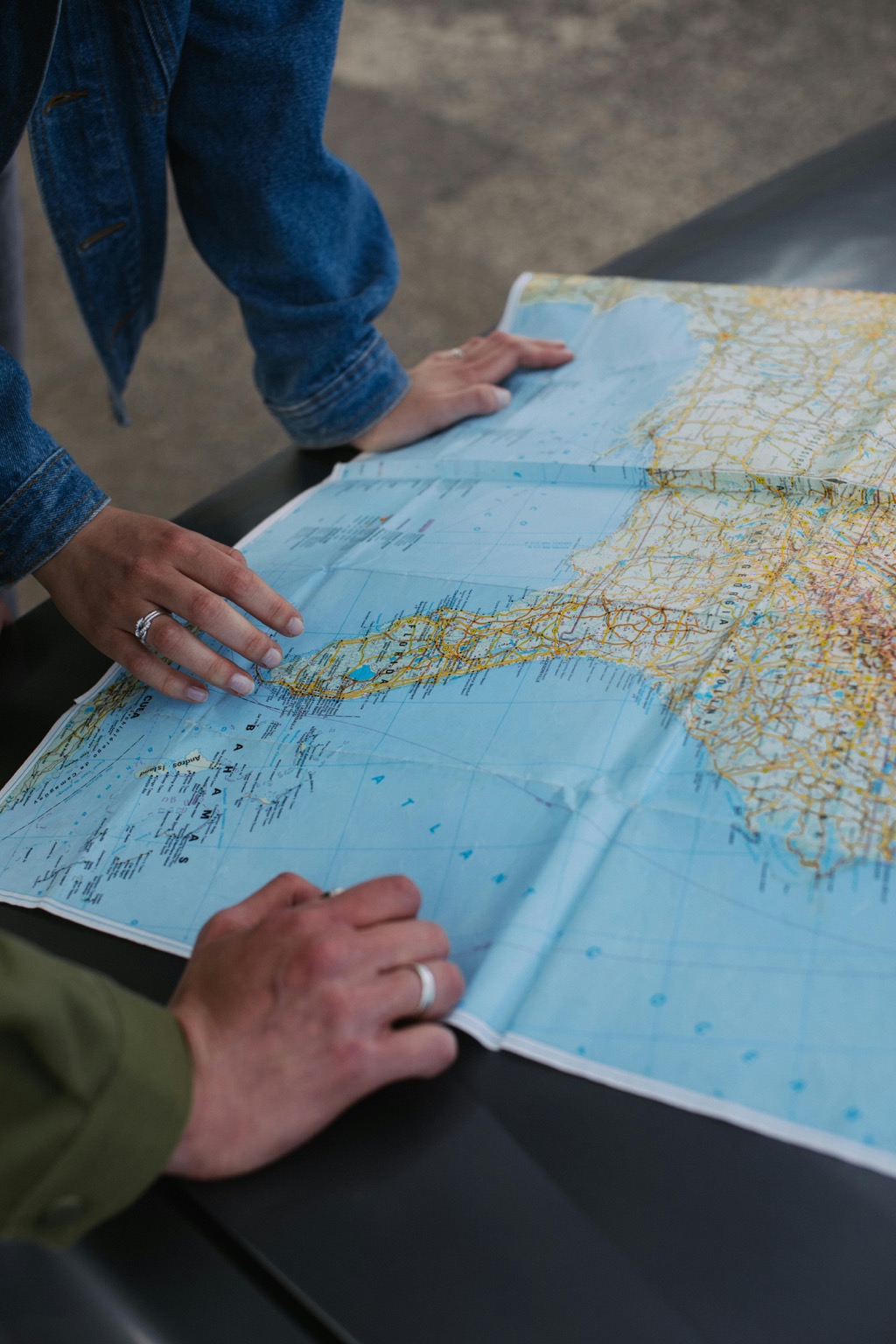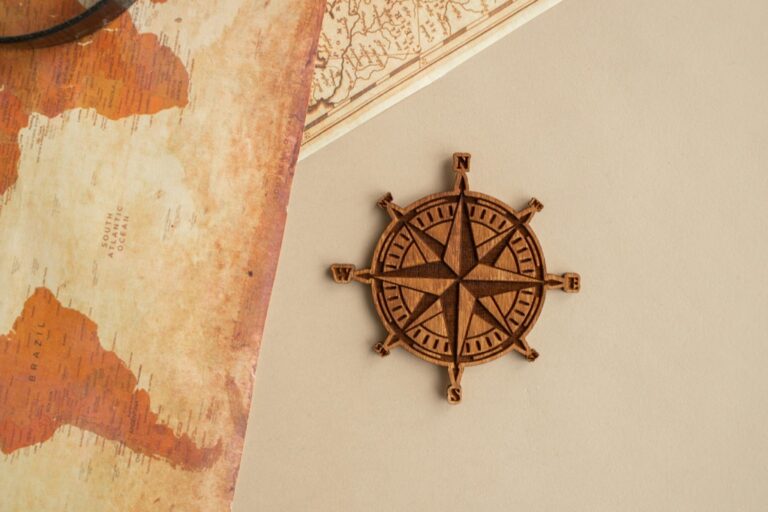7 Land Navigation Challenges Explained
Embarking on a land navigation adventure is like entering a maze with a dynamic, ever-changing layout. Whether you’re a seasoned hiker or a weekend warrior, understanding the common challenges can turn potential frustration into a rewarding experience.
Land navigation is crucial for outdoor enthusiasts, involving the use of maps, compasses, and environmental cues in unfamiliar terrain. Despite GPS technology, traditional skills are invaluable where devices may fail.
Mastering land navigation is rewarding but challenging, teaching us to read the landscape, anticipate changes, and adapt plans. This article explores common challenges and strategies. Whether in dense forests or mountains, these skills are a lifeline—enabling enjoyment of the journey and building confidence in self-reliance.
1. Varied Terrain Types
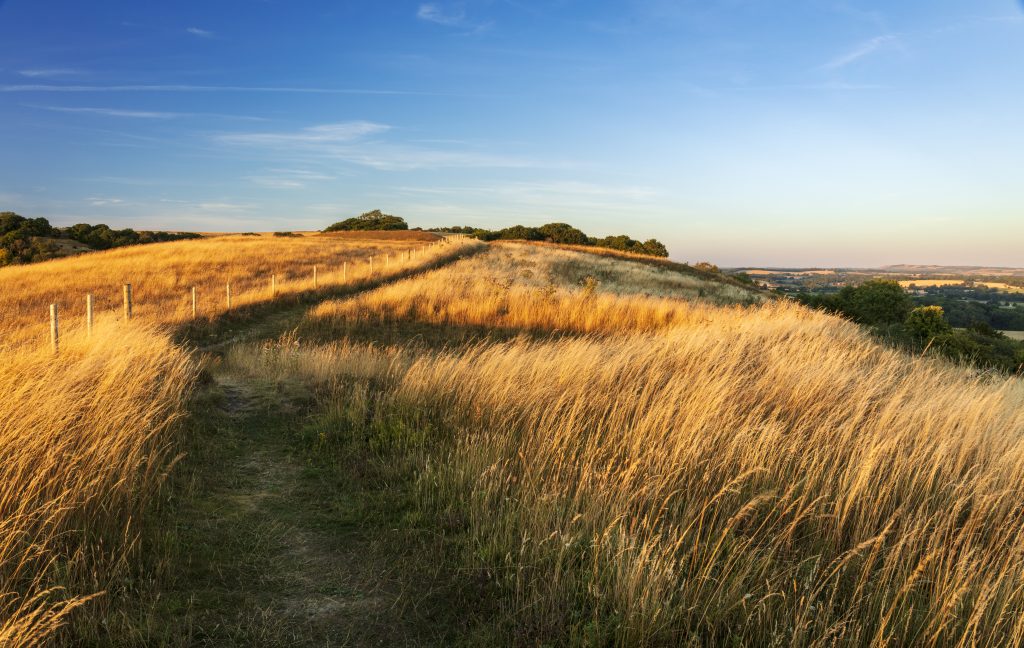
One moment you’re strolling across a flat meadow, the next you’re scrambling over boulders or wading through a stream. Varied terrain types are the spice of land navigation (and sometimes the headache). They can slow your pace, obscure your path, and exhaust your energy reserves.
Navigating different terrains requires a keen eye for topographic map details and the ability to translate them to the ground beneath your feet. It’s like a dance, where each step is guided by the contours and symbols on the map. And trust me, it’s easy to misstep.
To tackle this challenge, develop a solid understanding of topographic features and practice estimating distances. It’s about finding the rhythm between a map, a compass, and the natural world. (And maybe investing in some good waterproof boots.)
2. Unpredictable Weather
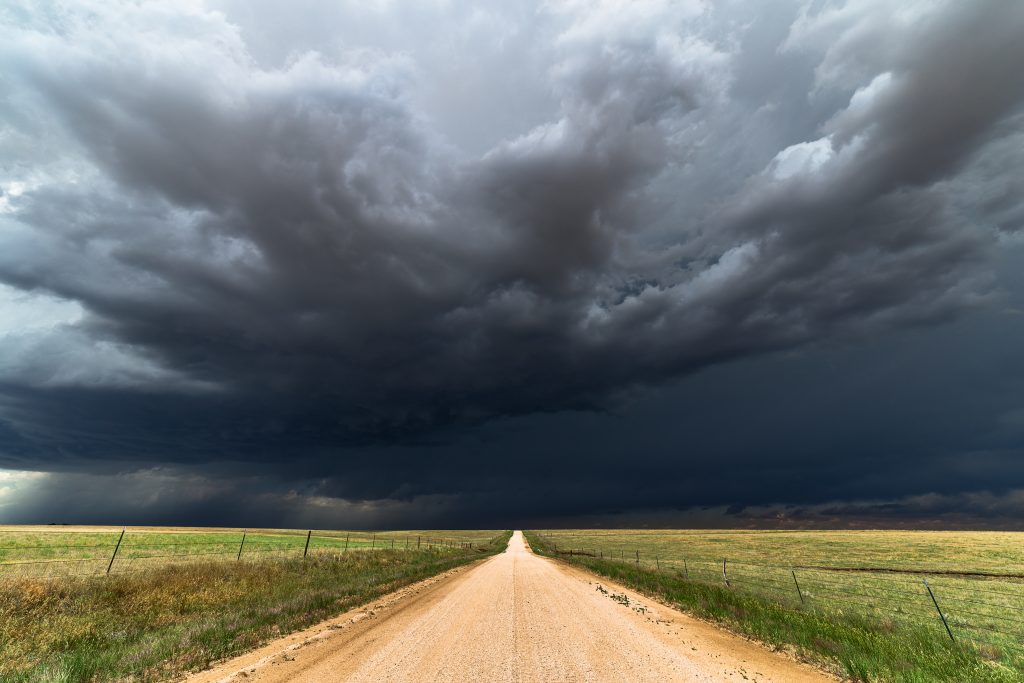
Weather can be a fickle friend (or foe) in the great outdoors. One minute it’s sunny skies, and the next you’re caught in a downpour that turns your trail into a slip ‘n slide. Unpredictable weather can obscure landmarks, alter terrain, and challenge your morale.
Sudden weather changes can affect visibility, making it difficult to stay oriented. It’s like the landscape has thrown on a disguise, and you’re left squinting at your map, trying to piece together clues. A clear plan can quickly become a guessing game.
Always check the forecast before you set out, but be prepared for surprises. Carry appropriate gear for adverse conditions, and learn how to navigate using minimal visual cues. Sometimes, it’s about the journey, not just the destination (even if it’s a wet one).
3. Magnetic Declination
Magnetic declination, the angle difference between true north and magnetic north, is a cartographer’s curveball. It varies by location and changes over time, which means your trusty compass can lead you astray if you’re not careful.
Imagine you’re walking towards a mirage; the closer you get, the more it shifts. That’s what it’s like if you ignore magnetic declination. Your map might say one thing, but your compass is whispering sweet nothings about another direction.
To avoid a navigational faux pas, always adjust your compass for the local declination before you set out. It’s a simple step that can save you from a wild goose chase (and a lot of head-scratching).
In the video, The Map Reading Company explains.
The Map Reading Company
- Definition of Declination: Declination is the difference between True North and the direction your compass needle points.
- True North vs. Magnetic North: True North is a straight line to the geographic North Pole, while a compass points towards the Magnetic North Pole, which is a moving location.
- Magnetic Field Dynamics: Earth’s magnetic field has a north end (Magnetic North Pole) where compass needles point, and it’s in the Arctic, not Antarctica.
- Stability of Declination: While the Magnetic North Pole moves, the change is gradual, making declination relatively stable over short periods, like a few weeks.
- Grid Lines on Maps: Maps have a grid of horizontal and vertical lines. Vertical lines represent Grid North, and they converge at the North Pole, simplifying navigation.
- Curvature on Maps: Due to the Earth’s round shape, the lines on maps are slightly curved, but for land navigation, this curvature is negligible.
- Grid North vs. True North: For trekkers and walkers, Grid North (direction of map lines) and True North can be treated as the same direction in most cases.
- Handling Declination in Navigation: Adjusting for declination is essential when using a compass and map together. In Salt Lake City, the current declination is just under 11° East.
- Adjusting Compass Bearings: When taking a grid bearing from a map, subtract the declination; when taking a magnetic bearing from a ground feature, add the declination before using it on the map.
- Practical Navigation Tip: For practical navigation, especially in activities like walking, adjusting for the slight differences between Grid North and True North is unnecessary, making navigation simpler for hikers and trekkers.
4. Dense Vegetation
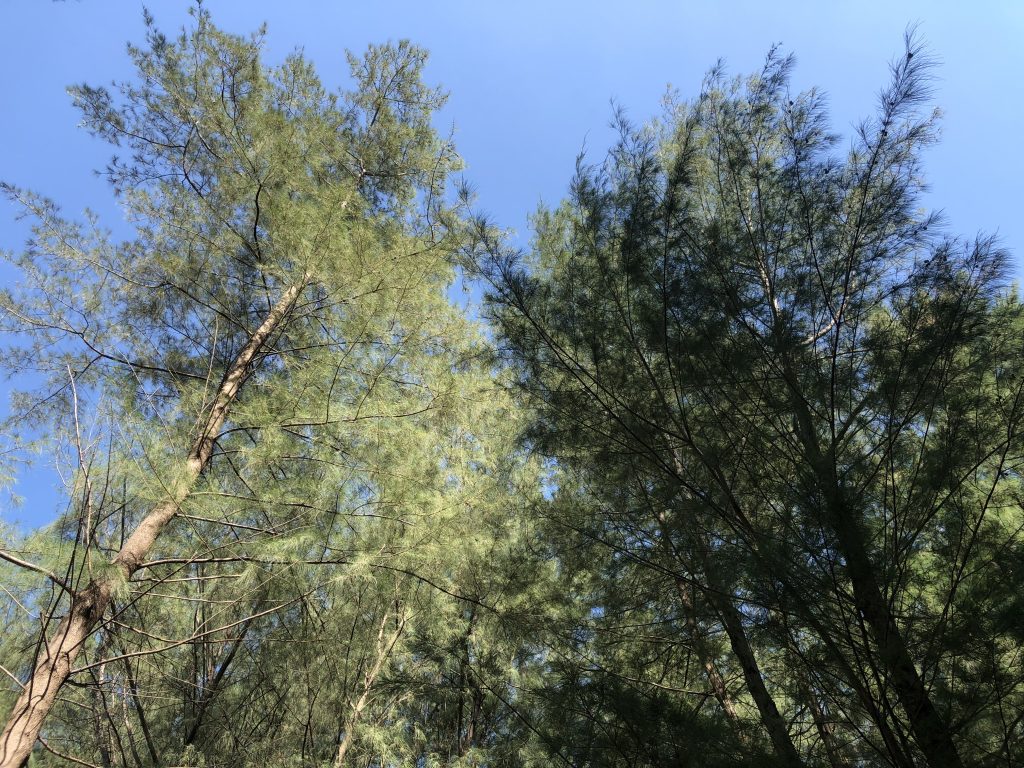
Thick underbrush and towering trees can turn a leisurely hike into an episode of “Survivor.” Dense vegetation obscures vision, complicates route choices, and can disguise the terrain, making it tough to keep your bearings.
It’s like navigating with a blindfold as the forest plays keep-away with your landmarks. You’re left feeling around for clues, hoping you don’t walk in circles (or into a spider web—yikes!).
To combat this, improve your pacing and compass skills. Learn to trust your instruments more than your instincts, which can be thrown off by the lack of visual cues. And remember, sometimes the path of least resistance is the way to go (even if it means a detour).
5. Lack of Distinct Landmarks

Ever been in a place where every hill or tree looks the same? Lack of distinct landmarks is like trying to find a friend in a crowd when everyone’s wearing the same outfit. It’s disorienting and can lead to second-guessing your navigation choices.
This challenge demands creativity in navigation. You’ll need to become Sherlock Holmes, looking for subtle clues in the terrain that aren’t marked on your map. Small features can become your best allies in these featureless landscapes.
Develop a strategy for identifying and remembering unique features along your route. Sometimes, creating your temporary landmarks (like stacking rocks) can help you keep track of your progress. Just remember to leave no trace once you’re done.
6. Navigating in the Dark

Navigating in the dark is like trying to read a book with the lights off—it’s possible, but it sure isn’t easy. Limited visibility means relying heavily on your compass and dead reckoning skills to maintain your course.
At night, every noise seems louder, and every shadow could be a landmark—or a figment of your imagination. It’s a test of nerve and skill, where overconfidence can quickly lead to disorientation.
Use a headlamp to keep your hands free and practice night navigation in familiar areas before venturing into unknown terrain. It’s also wise to slow your pace and check your bearings more frequently to avoid costly errors.
7. Physical Exhaustion

Physical exhaustion isn’t just a physical challenge—it’s a mental one too. When your body is tired, your mind can play tricks on you, making it harder to concentrate on navigation tasks.
Fatigue can make mountains out of molehills (literally and figuratively). Every step feels heavier, and decision-making becomes a chore. It’s like running a marathon with a puzzle at every mile marker.
To mitigate this, pace yourself, stay hydrated, and take regular breaks. It’s also helpful to simplify your navigation tasks when you’re feeling fatigued. Break down your route into manageable segments, and focus on one step at a time.
Overcoming Navigation Obstacles
Overcoming land navigation challenges is about preparation, practice, and a pinch of patience. Before heading out, brush up on your map and compass skills and familiarize yourself with the area. It’s like studying for a test—the more you know beforehand, the better you’ll perform.
While in the field, stay calm and be flexible with your plans. Sometimes the route you chose isn’t the route you take, and that’s okay. Adaptability is key. (And a good sense of humor doesn’t hurt when you find yourself knee-deep in a situation you didn’t expect.)
Remember, every challenge is an opportunity to hone your skills. With each trip, you’ll become more confident and adept at navigating whatever the wilderness throws your way.
Conclusion and Further Resources
Navigating the wilds is a rewarding challenge that sharpens both the mind and the spirit. It’s a journey of constant learning, where each trip adds to your repertoire of skills and stories. Embrace the challenges as part of the adventure, and you’ll not only reach your destination but also enjoy the path that got you there.
For those hungry for more knowledge, consider taking a land navigation course or joining a local orienteering club. There’s a wealth of information available in books and online to deepen your understanding of this vital outdoor skill. Happy trails, and may your compass always point you true!
The twists and turns of land navigation are what make it an exhilarating puzzle to solve. Keep these challenges in mind, and you’ll be well on your way to becoming a savvy navigator, ready to tackle whatever the terrain throws at you.
